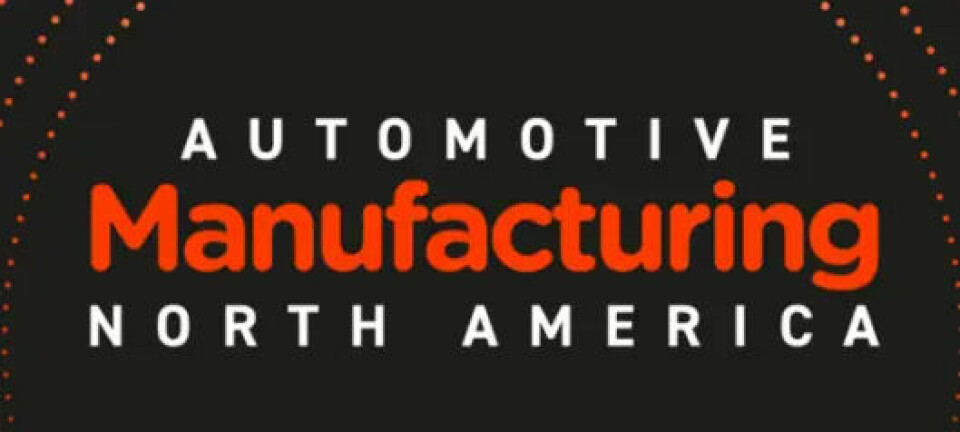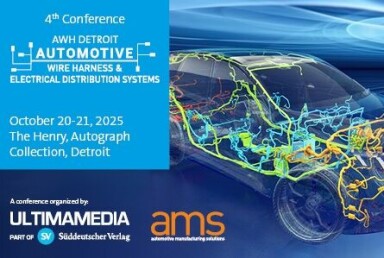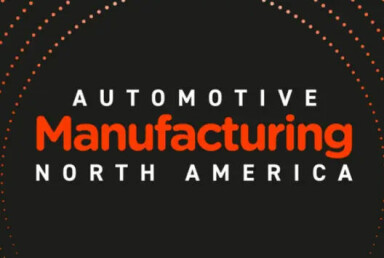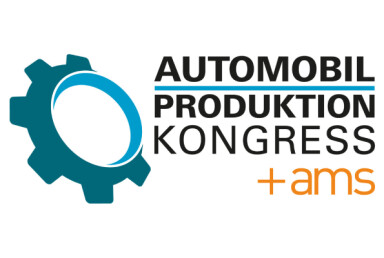Production Workforce Development
Toyota's Burnaston academy redefines industrial training with Rockwell
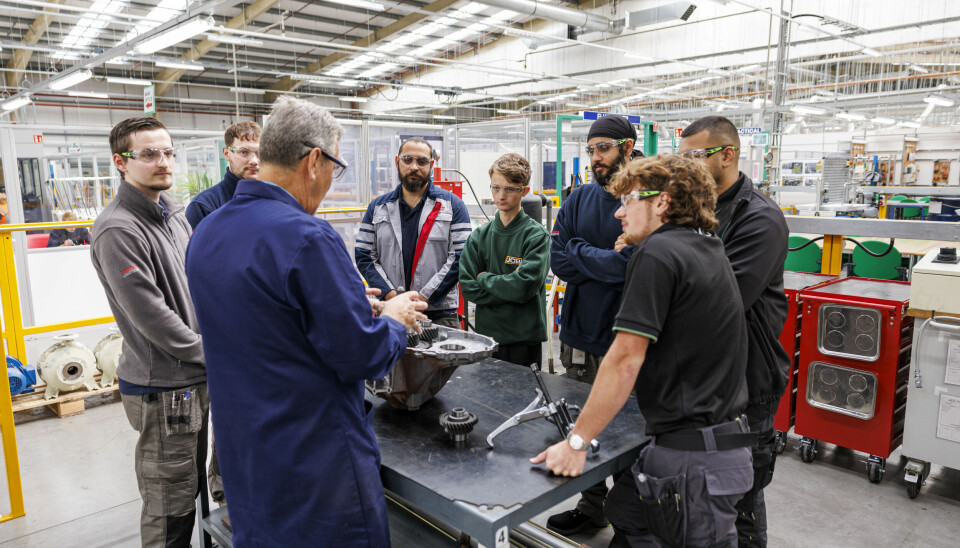
As global manufacturing confronts a looming skills crisis, Toyota Motor Manufacturing UK, with help of Rockwell, has created a training model that could reshape how the industry develops its workforce
The exodus has begun. Across global manufacturing, research (Deloitte, Mckinsey, Bain) shows experienced engineers are retiring, taking decades of institutional knowledge with them. The replacement pipeline has run dry. This familiar crisis narrative has prompted countless hand-wringing discussions about workforce gaps, yet solutions remain frustratingly scarce. At Toyota Motor Manufacturing UK's Burnaston plant in Derbyshire, however, a different story is unfolding.
The Japanese carmaker has established a training academy that treats workforce development with the same rigour it once applied to revolutionising production methods. Just as the Toyota Production System (TPS) transformed manufacturing efficiency worldwide, this programme seeks to establish new standards for industrial training. The approach recognises a fundamental fact that many automaker’s often overlook: technology advances far more rapidly than the workforce operating it.
The architecture of excellence
Toyota's academy serves a dual mandate. Sarah Channing, section manager HR at Toyota Motor Manufacturing UK, explains: "The training center serves two key functions. The first is apprentice development, where we train and upskill apprentices, not just from Toyota, but also our partner companies, including well-known UK engineering and retail companies."
The structure deliberately balances theoretical knowledge with practical application. Classroom instruction, delivered partly through Burton and South Derbyshire College, forms only one component. Channing elaborates on the second: "In this program, the maintenance apprentices experience two years in the center, and then two years back at their own sites, working with the maintenance function."
This hybrid model represents a departure from conventional training regimens. "All apprentices, whether school leavers or former production members undergo a hybrid program, encompassing technical aspects such as PLC mechanical and electrical disciplines, in parallel with behavioural concepts that cover problem solving and fault finding," Channing notes.
We are currently undergoing a huge equipment update as part of a widescale preventative-maintenance initiative, which will also ensure that our new maintenance talent has access to contemporary equipment – primarily PLCs and HMI screens for production control. With access to more operational data delivered by this new hardware, we can teach current apprentices to be far more proactive
Rockwell’s hardware meets human capital
Rockwell Automation supplies the technical infrastructure underpinning this training ecosystem. Philip Smith, team leader, senior technical skills development at Toyota, explains the rationale: "From day one at the Burnaston plant, we have used Allen-Bradley® hardware. The Rockwell equipment is heavily implanted and is essential towards keeping the plant running."
Recent deployments include Rockwell Automation software in the plant's Andon solution and PLCs, drives and HMIs in an AGV-based press shop transfer system. Yet the equipment serves purposes beyond immediate operational needs.
"We are currently undergoing a huge equipment update as part of a widescale preventative-maintenance initiative," Smith continues, "which will also ensure that our new maintenance talent has access to contemporary equipment – primarily PLCs and HMI screens for production control. With access to more operational data delivered by this new hardware, we can teach current apprentices to be far more proactive."
This investment reflects strategic foresight rather than mere capital expenditure. Training personnel on current-generation systems, rather than legacy equipment, ensures graduates possess immediately relevant skills.
Confronting the demographic reality
The academy emerged from necessity. Toyota employs just over 300 maintenance personnel at Burnaston, many approaching retirement. Channing said: "When we talk with customers, the need for skilled personnel is a common theme. At Toyota, we have just over 300 maintenance members, many of whom are long serving and highly skilled, but some are close to retirement, so we must ensure that a continuity plan is in place. Finding the right people is the first major hurdle we need to overcome."
The talent shortage extends beyond simple headcount. "Multi-skilled people can be hard to find ... we like to grow our own talent through our pipeline of apprentice school leavers and transfers from manufacturing but also bring in fresh eyes from experienced members from other organizations," Channing explains.
This multi-pronged recruitment strategy aims to smooth age demographics whilst capturing diverse perspectives. The programme's popularity suggests the approach resonates. Applications vastly exceed the 12 available positions annually.
Quality over quantity
Expansion seems logical given this demand, yet Toyota resists. The decision reveals much about the programme's philosophy. Channing explains: "The level of demand means we could increase numbers, but we must maintain a balance. There is a fine line between increasing the costs per pupil with smaller numbers or stretching the teacher-per-pupil ratio with a higher intake.
"The other part of the puzzle is the high level of support and mentoring, and for this we work closely with manufacturing to make sure the numbers are right. A big part of their journey is on the shop floor, so we cannot flood it with too many apprentices."
This restraint contradicts prevailing assumptions about scale and efficiency. The programme prioritises depth over breadth, intensive mentoring over mass instruction. The results vindicate this approach. Current and former apprentices consistently perform to high standards, whilst retention rates remain exceptionally strong.
STEMing the tide of production workforce depletion
Toyota's workforce strategy extends beyond its immediate hiring needs. "We have created a talent pipeline for schools in the local community," Channing continues, "supporting kids from the age of nine with STEM-based practical activities. This has proven to be a great success, with some of our 16-year-old apprentices originally being part of the schools' activity."
For partner companies, Toyota delivers a core curriculum defined by qualification level and transferability. Smith explains: "This training is both at Toyota and at their own site. Although it imparts core skills as part of the curriculum, it's the final location that defines the specialisms and these must be taught on site, with the end result being a Level 3 or advanced apprenticeship qualification as an engineering technician."
Toyota UK Training Academy
Reshaping Workforce Development in Global Manufacturing
Hybrid Training Model
Years 1-2: Training Center
Classroom instruction with Burton and South Derbyshire College, covering PLC, mechanical and electrical disciplines plus problem-solving.
Years 3-4: On-Site
Working with maintenance functions, applying skills to real production with contemporary equipment.
Talent Pipeline Strategy
STEM
Apprentice
Qualified
Technician
Key Success Factors
Quality Over Quantity
Limited intake ensures intensive mentoring and exceptional standards.
Partnership Model
Serves Toyota and partner companies for broader industry impact.
Knowledge Capture
Near-retirement personnel mentor and create training content.
Future-Ready Tech
Training on current Rockwell Automation systems.
Leadership Insights
The Journey
From Cost Center to Competitive Advantage
Toyota has identified workforce development as a competitive advantage rather than a cost centre. In an industry confronting unprecedented technological transformation, this recognition may prove revolutionary.
Capturing what cannot be taught
The academy's evolution mirrors the socio-technical foundations of the Toyota Production System itself. As with production methods, success depends on both technological sophistication and human expertise. The challenge lies in preserving the latter whilst embracing the former.
Channing says: "Like many companies around the world, knowledge retention has been identified as a risk point. There is significant activity underway that is seeing experienced members creating the content for the training packs for new starters. We've also started asking near-retirement personnel to act as mentors in many departments to help train and upskill others, which has proved fruitful."
This institutional memory capture represents perhaps the programme's most valuable function. Tacit knowledge, accumulated over decades, becomes explicit curriculum.
Selective digital transformation
Toyota's approach to technology adoption reflects characteristic pragmatism. Smith explains: "It's not a blanket adoption. We have a team onsite that assesses digital deployment based on use cases and tangible benefits."
Yet technology adoption creates its own imperative for training evolution. Channing concludes: "There is a key focus that is all about how we, as trainers, can keep up with the technologies that manufacturing is starting to utilize. In fact, we need to get ahead of the game. As a training center we must understand what we need to do as a business and what we can provide for our internal and external customers."
This acknowledgement reveals the programme's ultimate ambition. Rather than simply responding to industry needs, Toyota aims to anticipate them. The academy must evolve faster than the manufacturing processes it supports, preparing graduates for technologies not yet deployed.
Whether this training model proves as influential as the production system that preceded it remains uncertain. What seems clear is that Toyota has identified workforce development as a competitive advantage rather than a cost centre. In an industry confronting unprecedented technological transformation, that recognition alone may prove revolutionary.



